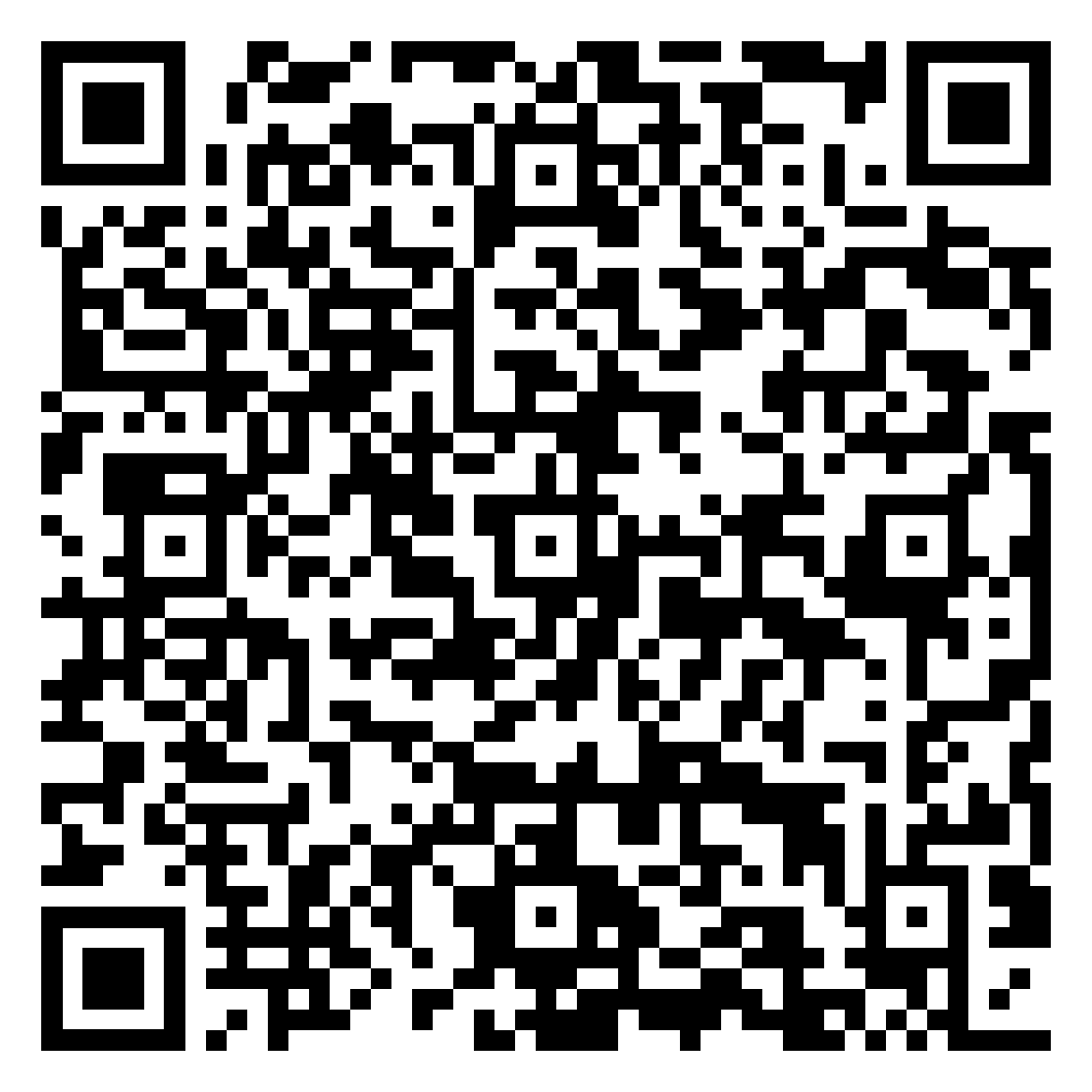Overview
Status epilepticus (SE) is a medical emergency characterised by prolonged or repeated seizures without full recovery
of
consciousness between episodes.
It occurs when a seizure lasts more than 5 minutes or when multiple seizures occur in close succession without the
individual regaining consciousness.
In children, SE can lead to brain damage, organ failure, or even death if not treated promptly. Immediate medical
intervention is critical to managing the condition and preventing long-term complications.
Symptoms
In children, the signs may vary based on the type of seizure, but any prolonged seizure activity or multiple
seizures
warrants urgent medical attention.
Symptoms of status epilepticus include:
- Continuous or prolonged seizure activity lasting more than 5 minutes
- Repetitive seizures with brief periods of recovery between each episode
- Loss of consciousness or unresponsiveness
- Muscle jerking or twitching (tonic-clonic movements)
- Difficulty breathing or irregular breathing patterns
- Drooling or loss of bladder/bowel control
- Cyanosis (bluish skin) or paleness due to lack of oxygen
- Rapid eye movements or dilated pupils
- Postictal confusion or drowsiness after seizure episodes
Diagnosis
The diagnosis for SE involves several steps to determine the cause of the seizures and assess the child’s condition.
This includes a review of the child’s medical history, a physical examination, blood tests, electroencephalogram
(EEG),
neuroimaging (MRI and CT scans) and in some cases, a lumbar puncture to check for meningitis or encephalitis.
Treatment
Treatment for SE is aimed at stopping the seizures quickly, addressing any underlying causes and preventing
complications.
Immediate intervention is necessary and may include securing the airway, providing oxygen if needed, and intravenous
access for medication administration.
Medications will be provided and patients will be monitored. Once the seizures are controlled, ongoing care focuses
on
recovery and preventing further seizures.
Depending on the severity of the seizures and their underlying cause, rehabilitation may include physiotherapy,
occupational therapy or speech therapy to aid recovery and support the child’s development.
Book Appointment
800 7762
Book Appointment
800 7762

